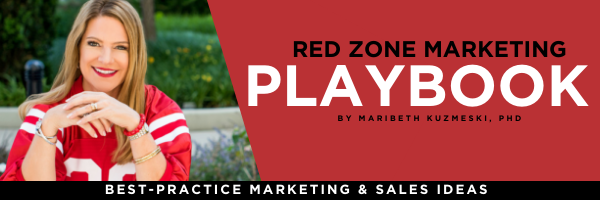If your brand were to wake up in the morning and look and the mirror, what would it look like? Dress like? Sound like? What would it say?
Would it be confident or meek? Outgoing or introverted? Noticeable or overlooked? Exciting or blasé?
When I speak about the importance of branding, I can’t help but want to draw the analogy between branding and identity. I find it’s often easier to understand just how important it truly is when you think of it in these terms.
In essence, your brand IS your business’s identity. It is its name, its personality, its appearance, its noticeability, its vibe, its ability or inability to work well with others, and so much more…
Take a step back, go through this list, and ask yourself through each of these four points: is this working? Or is it time to fix it?
1) Your Brand Message is Mute
Who are you and what do you stand for? Your brand message should answer these two questions loud and clear each and every time a consumer comes across your brand. The goal is to have the consumer associate a specific message and language with your brand via your tagline, your value proposition, your brand story, and every other piece of content you produce in between.
With each of these three pieces of copy in front of you, ask yourself:
- Does my tagline quickly and efficiently sum up what we are all about?
- Does my value proposition clearly explain how we fill a need, add value to our clients, and differ from the competition?
- Does my brand story reflect where we came from, why we are passionate about what we do, and where we are going? Is it clear, authentic, and honest?
- Do the tagline, value proposition, and brand story match in messaging? Note: this may be the most common error advisors make.
2) Your Brand Identity is Visually Inconsistent
Your visual brand identity includes your logo, your company colors, typography, and imagery and dictates the look and feel of your brand across all channels. These four elements combined with your brand message will be what make your company unique and recognizable among your sea of competitors.
The style of your brand can be as unique as you so choose, as long as you are remaining consistent across all your marketing materials including your website, your social media sites, and other marketing collateral. Showing up as the same business with the same persona every time helps to make the audience feel at ease. They come to know what to expect. This works to build trust among the skeptical and reinforces loyalty amongst those who are already fans of your brand.
- Does the website reflect who the business is deep down?
- Do the typography, photography selections, colors, and logos match across all mediums?
- How do the visual representations of my brand make the audience feel? Welcomed or cold-shouldered? Positive or negative? Affected or unphased?

3) Your Brand is a Dime a Dozen—Who are you again?
This touchpoint may be a bit harder to objectively evaluate than the others since your perception may be skewed by your personal investment in what you have built. But if you were to put your brand in a lineup with 10-20 other advisors, would you stand out? Would you catch your audience’s eye?
It isn’t enough to “be yourself” in the marketplace. You must also be unique—unique enough to catch your prospect’s attention, hold it, and nurture it through your sales funnel. This could mean using bright or bold colors, loud fonts, unique photography, or capturing a side of your industry that few capitalize on.
- Does your site look unique?
- Do you feature pictures of people that work in your office?
- Do you make bold statements about who you work with, why you do what you do, and how your firm is different?
4) You Lack a Brand Style Guide
A brand style guide, or brand book, acts as the fundamental document you use to inform your team and other content creators you work with of your audience, your messaging, and your visual brand identity. It helps to keep all assets on all platforms consistent and “on brand” to build that trust and loyalty we are looking for in an engaged audience.
The brand book should include messaging and design elements like:
- Your target audience profile(s)
- Fonts, colors, graphics, and logos used
- How you format copy (titles, headings, subheadings, citations, punctuation in lists, etc.)
- Usable and shareable assets (that can’t be edited) for all team members to use
Broken Brand? Here’s How to Fix It
If it’s broken—fix it! Don’t stay married to a brand that isn’t working. Even though switching things up might cost some time and money upfront, the potential to reach more clients and generate more revenue should more than make up for the effort involved.
- Clearly define your firm’s purpose, vision, mission, and values
- Focus on better, more compelling brand messaging
- Upgrade graphics, logos, fonts, and colors to reflect your firm today
- Develop a brand style guide to keep you and your team on track
Make your brand so bold, so clear, and so consistent, that there will be no doubt you came to this marketing party to win.



